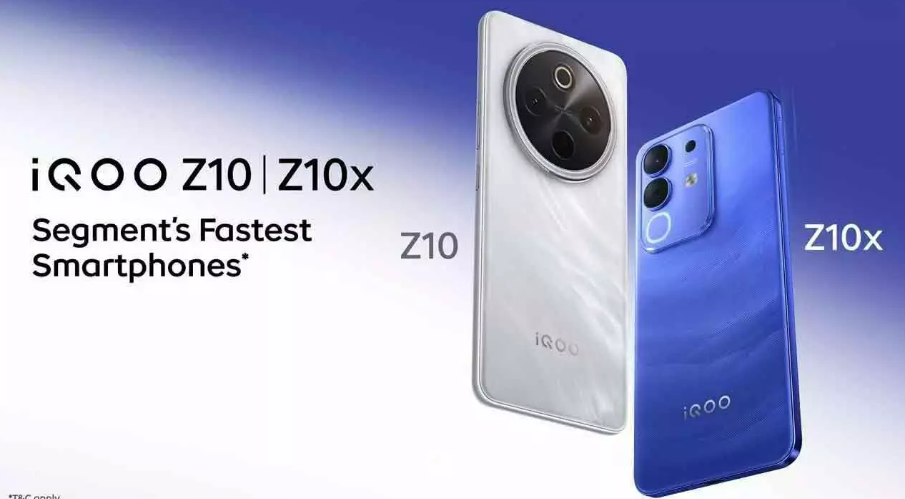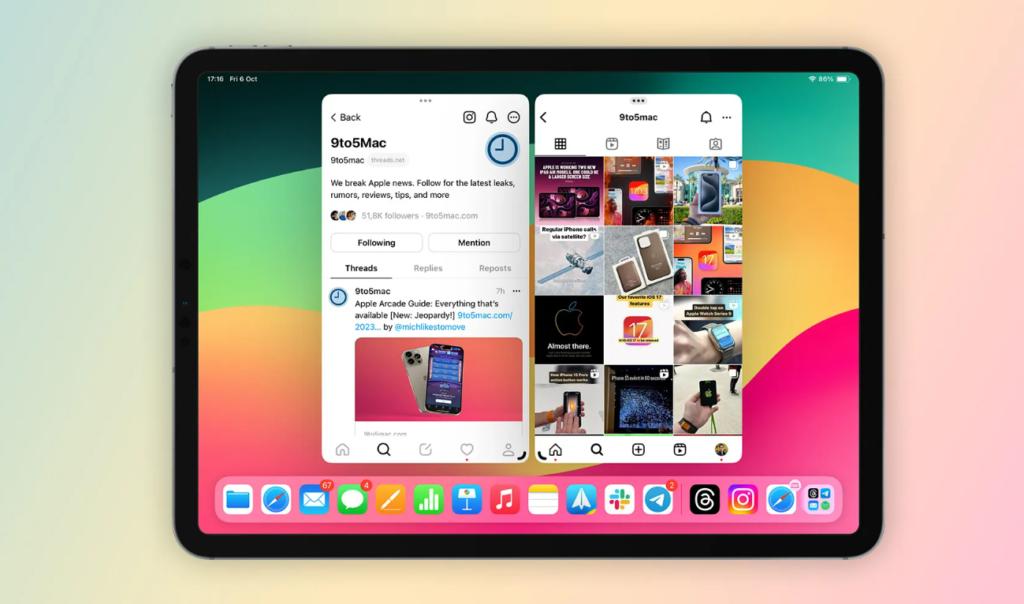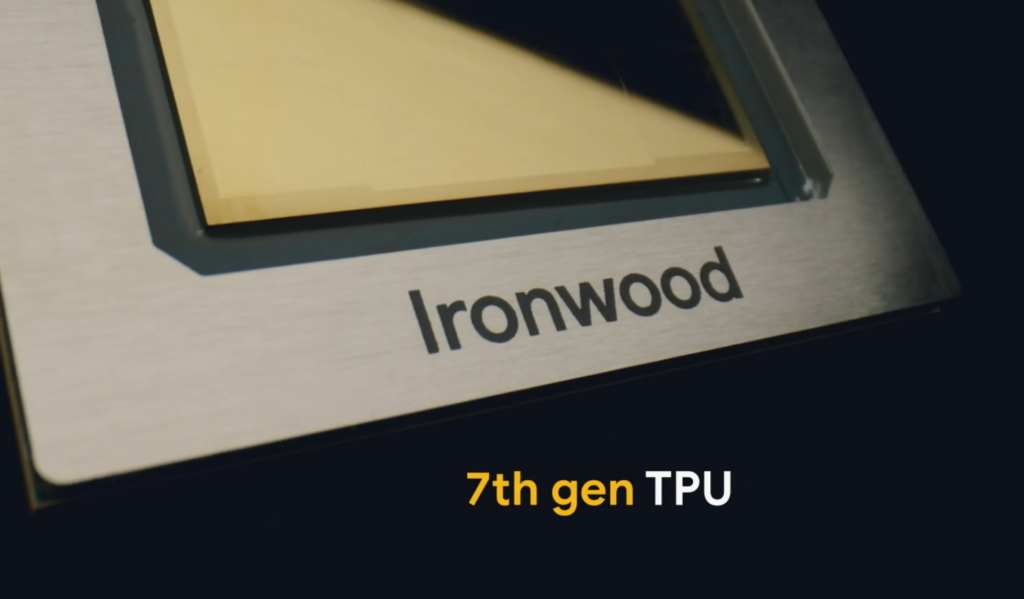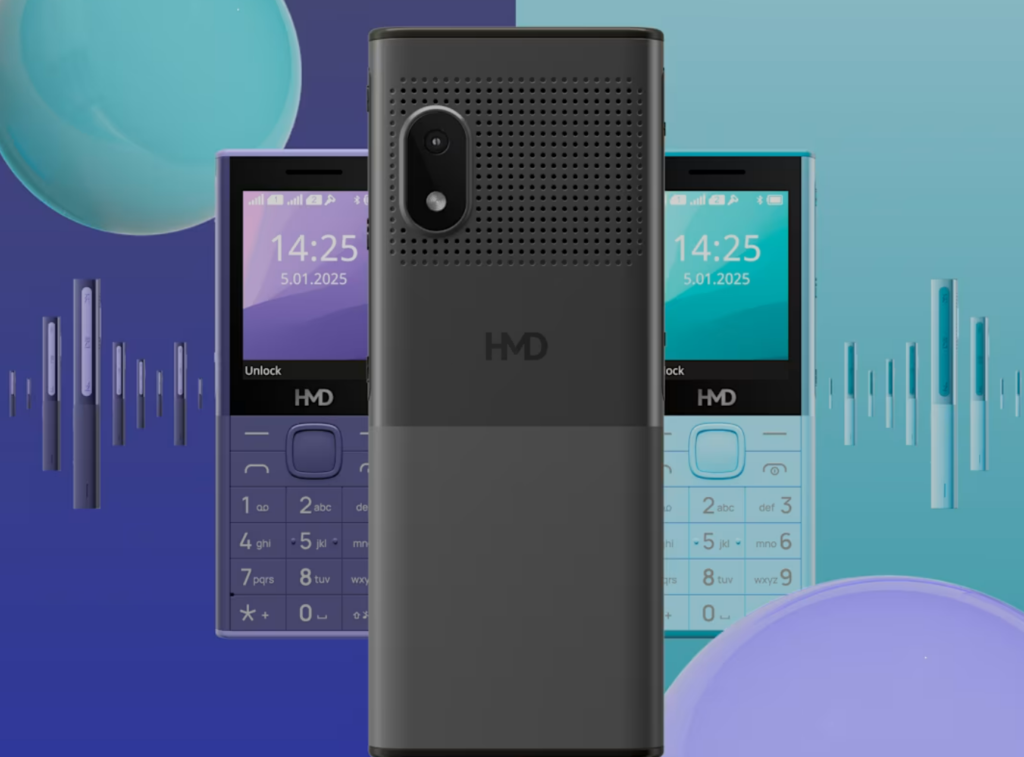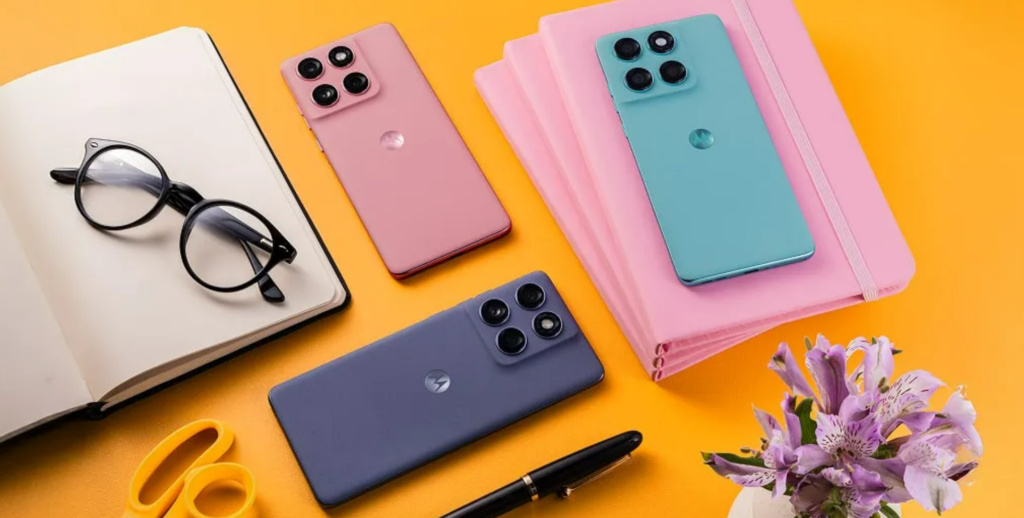iQOO Z10 and Z10x India Launch: Price and Specs
The iQOO Z10 and iQOO Z10x have been launched in India. These are the latest Z series smartphones by the Vivo sub-brand. They were launched on a Friday. The iQOO Z10 features a 7,300mAh battery with 90W fast charging support, while the iQOO Z10x has a 6,500mAh battery with 44W fast charging support. Both phones run on Funtouch OS 15, based on Android 15, and come with a 50-megapixel dual rear camera unit and an 8-megapixel front camera. Key Points Design and Build The iQOO Z10 is available in Glacier Silver and Stellar Black colourways. It measures 163×76.40×7.93mm and weighs around 199 grams. It has an IP65 water and dust resistance rating. The iQOO Z10x is available in Ultramarine and Titanium colourways. It measures 165.70×76.30×8.0mm and weighs 204 grams. The iQOO Z10x boasts an IP64-rated build for dust and water resistance. The iQOO Z10 features an in-display fingerprint sensor, while the iQOO Z10x includes a side-mounted capacitive fingerprint sensor for authentication. Key Specifications The dual-SIM (Nano) iQOO Z10 5G runs on Funtouch OS 15 based on Android 15 and features a 6.77-inch full-HD+ (1,080×2,392 pixels) AMOLED display with a 120Hz refresh rate, 387ppi pixel density, and 5000 nits peak brightness. It is powered by an octa-core Snapdragon 7s Gen 3 chip coupled with up to 12GB of LPDDR4X RAM and a maximum 256GB UFS 2.2 storage. For optics, the iQOO Z10 has a dual rear camera setup comprising a 50-megapixel primary sensor with Optical Image Stabilisation (OIS) and f/1.8 aperture, and a 2-megapixel shooter with f/2.4 aperture, along with an 8-megapixel selfie sensor. Connectivity options include 5G, Wi-Fi, Bluetooth 5.2, various navigation systems, and a USB Type-C port. Sensors include an accelerometer, an ambient light sensor, a gyroscope, and others. It also includes an infrared blaster. The iQOO Z10 packs a 7,300mAh battery with 90W charging. The iQOO Z10x has the same dual-SIM (Nano), software, and 8-megapixel selfie camera as the vanilla model. It gets a 6.7-inch (1,080×2,408 pixels) display with a 120Hz refresh rate and 393ppi pixel density. It runs on a MediaTek Dimensity 7300 chipset alongside up to 8GB RAM and a maximum of 256GB storage. The rear camera setup on the iQOO Z10x includes a 50-megapixel main sensor with autofocus and a 2-megapixel bokeh shooter. Sensors on the iQOO Z10x are similar to the standard variant. It has Bluetooth 5.4 and Wi-Fi 6 for connectivity. The iQOO Z10x carries a 6,500mAh battery with 44W fast charging support and includes dual stereo speakers. Price and Availability The iQOO Z10 is priced at Rs. 21,999 for the 8GB + 128GB model. The 8GB + 256GB and 12GB + 256GB versions are priced at Rs. 23,999 and Rs. 25,999, respectively. With instant bank discounts and exchange offers, customers can buy the handset for a starting price of Rs. 19,999. The iQOO Z10x costs Rs. 13,499 for the 6GB + 128GB version. The 8GB + 128GB and 8GB + 256GB models are priced at Rs. 14,999 and Rs. 16,499, respectively. Bank-based offers can bring down the effective price of the phone to Rs. 12,499. The new phones will go on sale from April 16 through Amazon and the iQOO India store. Conclusion The iQOO Z10 and iQOO Z10x have been launched in India, expanding iQOO’s Z series with options offering different chipsets, battery sizes, and charging speeds; available from April 16.
iQOO Z10 and Z10x India Launch: Price and Specs Read More »

